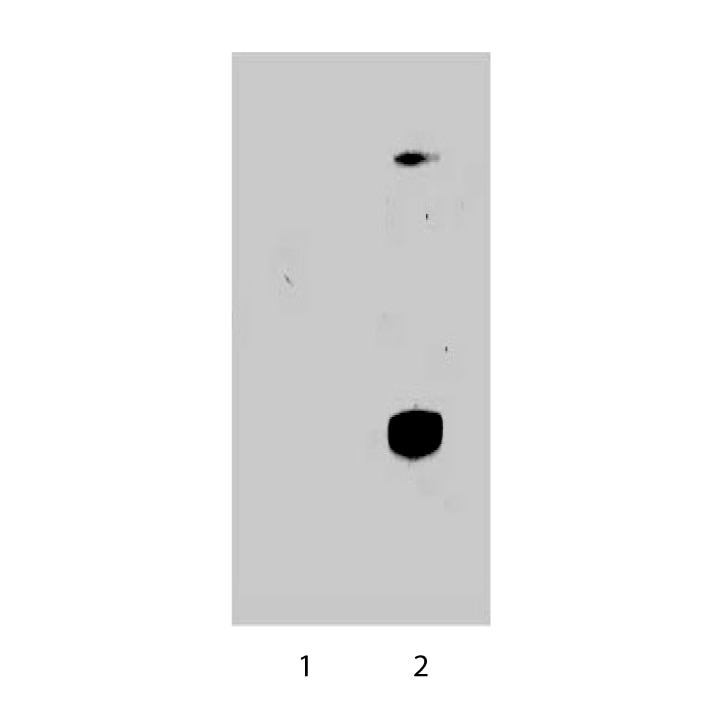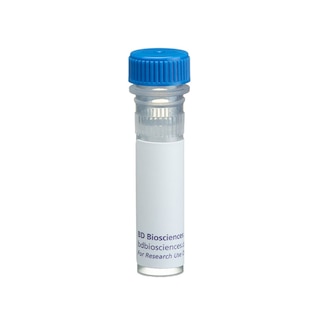-
Reagents
- Flow Cytometry Reagents
-
Western Blotting and Molecular Reagents
- Immunoassay Reagents
-
Single-Cell Multiomics Reagents
- BD® OMICS-Guard Sample Preservation Buffer
- BD® AbSeq Assay
- BD® Single-Cell Multiplexing Kit
- BD Rhapsody™ ATAC-Seq Assays
- BD Rhapsody™ Whole Transcriptome Analysis (WTA) Amplification Kit
- BD Rhapsody™ TCR/BCR Next Multiomic Assays
- BD Rhapsody™ Targeted mRNA Kits
- BD Rhapsody™ Accessory Kits
- BD® OMICS-One Protein Panels
-
Functional Assays
-
Microscopy and Imaging Reagents
-
Cell Preparation and Separation Reagents
-
- BD® OMICS-Guard Sample Preservation Buffer
- BD® AbSeq Assay
- BD® Single-Cell Multiplexing Kit
- BD Rhapsody™ ATAC-Seq Assays
- BD Rhapsody™ Whole Transcriptome Analysis (WTA) Amplification Kit
- BD Rhapsody™ TCR/BCR Next Multiomic Assays
- BD Rhapsody™ Targeted mRNA Kits
- BD Rhapsody™ Accessory Kits
- BD® OMICS-One Protein Panels
- France (English)
-
Change location/language
Old Browser
This page has been recently translated and is available in French now.
Looks like you're visiting us from {countryName}.
Would you like to stay on the current location site or be switched to your location?
BD Transduction Laboratories™ Purified Mouse Anti-Stat4 (pY693)
Clone 38/p-Stat4 (RUO)




K-562 cells were either left untreated (lane 1) or treated (lane 2) with 1.0 mM pervanadate for 20 minutes at 37°C. The image shows a blot that was probed with Stat4 (pY693).



Regulatory Status Legend
Any use of products other than the permitted use without the express written authorization of Becton, Dickinson and Company is strictly prohibited.
Preparation And Storage
Product Notices
- Since applications vary, each investigator should titrate the reagent to obtain optimal results.
- Please refer to www.bdbiosciences.com/us/s/resources for technical protocols.
- Caution: Sodium azide yields highly toxic hydrazoic acid under acidic conditions. Dilute azide compounds in running water before discarding to avoid accumulation of potentially explosive deposits in plumbing.
- Source of all serum proteins is from USDA inspected abattoirs located in the United States.
The Stat proteins function both as cytoplasmic signal transducers and as activators of transcription. Seven mammalian Stat proteins have been identified: Stat1-4, Stat5a, 5b, and Stat6. Stat4 has been shown to play an important role in development of T helper cells, specifically the Th1 subset. Stat4 is activated by IL-12 and by type 1 interferons. Knockout mice supported the role that Stat4 plays in IL-12 signaling because lymphocytes from Stat 4-/- mice could neither differentiate into Th1 cells nor produce IFN-γ in response to treatment with IL-12. IFN-γ plays an important role in host defense. A key component in the activation of Stat4 is the phosphorylation on tyrosine and serine residues in response to IL-12 stimulation. IL-12 stimulation leads to the phosphorylation of Stat4 on tyrosine 693 and serine 721. Transcriptional activity of Stat4 has been shown to be significantly reduced when residues Y693 and S721 are mutated.
Development References (2)
-
Kisseleva T, Bhattacharya S, Braunstein J, Schindler CW. Signaling through the JAK/STAT pathway, recent advances and future challenges. Gene. 2002; 285:1-24. (Biology).
-
Visconti R, Gadina M, Chiariello M, et al. Importance of the MKK6/p38 pathway for interleukin-12−induced STAT4 serine phosphorylation and transcriptional activity. Blood. 2000; 96:1844-1852. (Biology).
Please refer to Support Documents for Quality Certificates
Global - Refer to manufacturer's instructions for use and related User Manuals and Technical data sheets before using this products as described
Comparisons, where applicable, are made against older BD Technology, manual methods or are general performance claims. Comparisons are not made against non-BD technologies, unless otherwise noted.
For Research Use Only. Not for use in diagnostic or therapeutic procedures.
